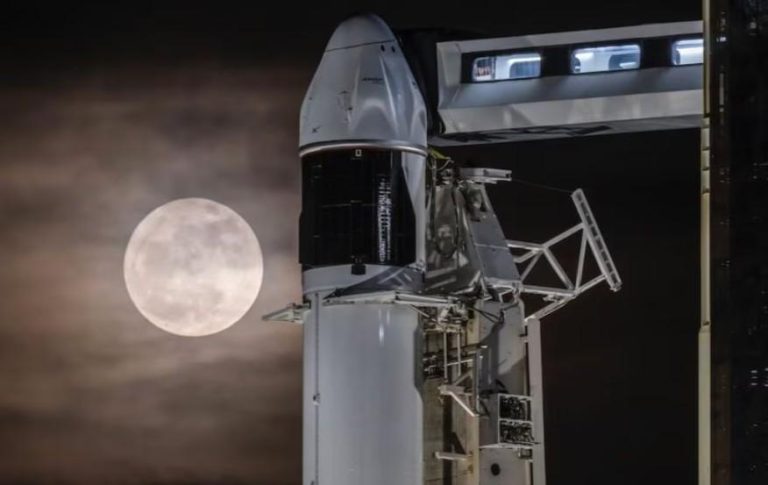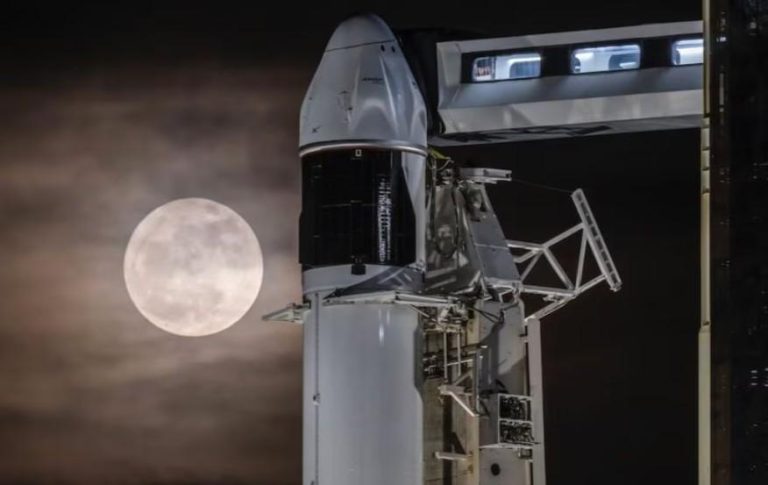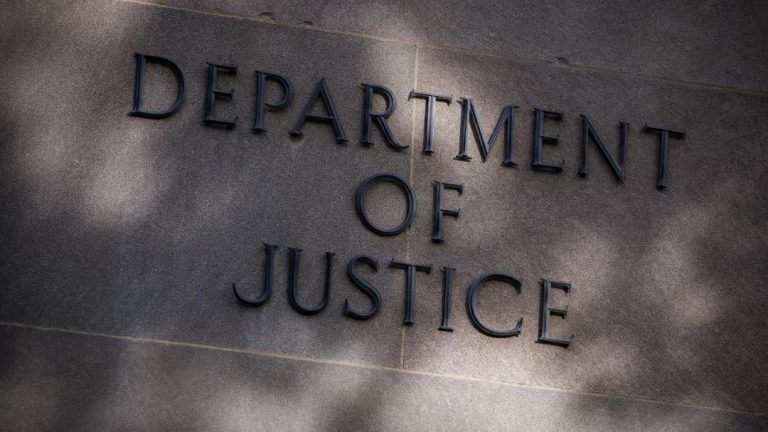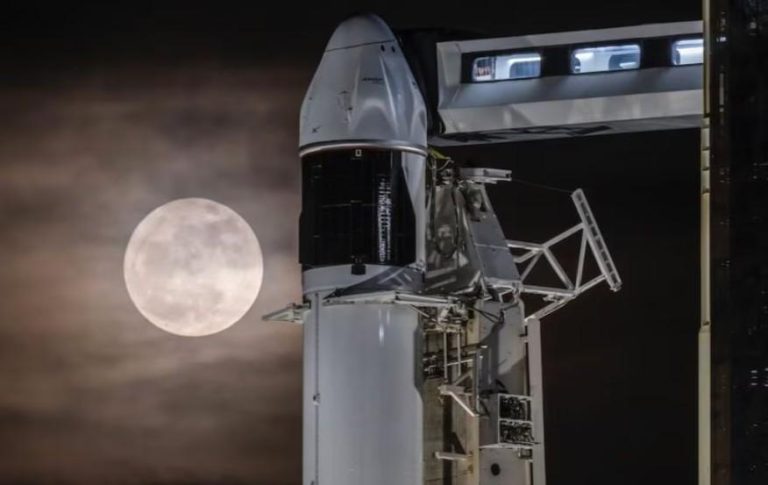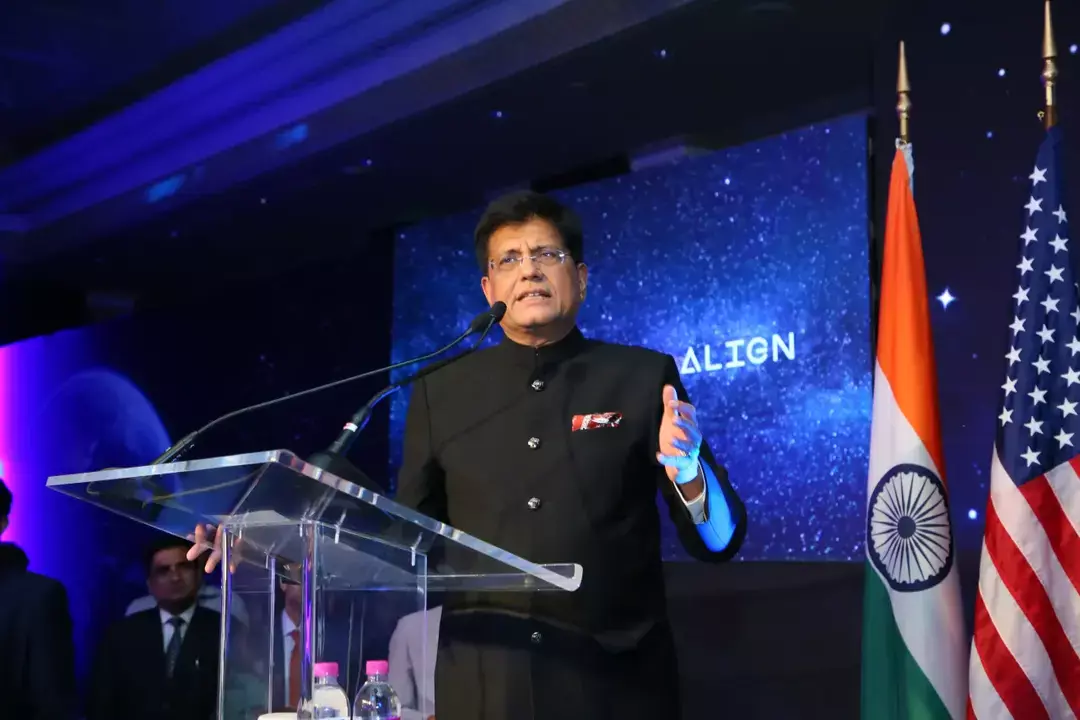
India Eyes Tariff Edge as US Trade Talks Show Strong Progress
In a significant development, India is seeking a preferential tariff edge from the US amid ongoing trade talks, with Commerce Minister Piyush Goyal hailing the progress as “exceedingly good.” The negotiations aim to boost bilateral trade to $500 billion by 2030, with India pushing for better terms than its peers.
The trade talks, which began in August 2020, have been gaining momentum, and the latest round of discussions has yielded promising results. India is seeking to reduce the 26% tariff imposed by President Trump on certain goods, including steel and aluminum, which has been a major sticking point in the negotiations.
According to sources, India is pushing for a more favorable tariff regime, which could see the country gaining a competitive edge over other nations. The country’s commerce minister, Piyush Goyal, has expressed optimism about the progress made so far, stating that the talks have been “exceedingly good.” Goyal’s comments suggest that India is close to achieving its goals, and the country may soon be able to negotiate better trade terms with the US.
India’s efforts to secure a preferential tariff edge are not surprising, given the country’s growing importance in the global economy. With a population of over 1.3 billion people and a rapidly growing middle class, India is emerging as a major player in international trade. The country’s economy is expected to grow at a rate of over 7% per annum, making it an attractive destination for foreign investors.
The US-India trade talks have been ongoing for several years, with both countries seeking to increase trade and investment. The talks have been complicated by issues such as intellectual property rights, data localization, and agriculture, but the two sides have made significant progress in recent months.
In other trade news, India has finalized a free trade deal with the UK, boosting its global trade ties. The deal, which is expected to increase bilateral trade by 10%, will see India and the UK eliminate tariffs on a range of goods, including textiles, pharmaceuticals, and food products.
The UK-India trade deal is significant, as it marks a major milestone in India’s efforts to diversify its trade relationships. The country has traditionally been heavily dependent on trade with the US and China, but the UK deal highlights its growing importance as a trading partner for India.
India’s trade strategy is designed to promote economic growth and job creation, while also reducing the country’s dependence on imported goods. The government’s ‘Make in India’ initiative, launched in 2014, aims to promote domestic manufacturing and reduce the country’s reliance on imports.
The trade talks with the US and the UK are part of India’s broader efforts to promote economic growth and global trade. The country is also seeking to increase trade with other nations, including the European Union, Japan, and Southeast Asian countries.
In conclusion, India’s efforts to secure a preferential tariff edge from the US are a significant development in the country’s trade strategy. The progress made in the trade talks is promising, and India is likely to gain a competitive edge over other nations. The country’s free trade deal with the UK is also a major milestone, highlighting its growing importance as a trading partner for India.

